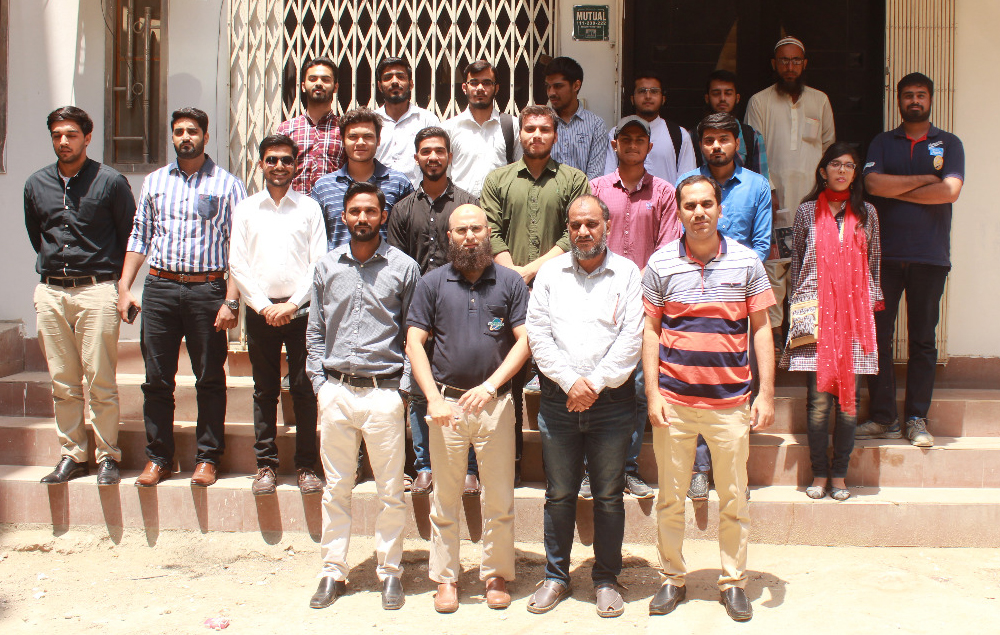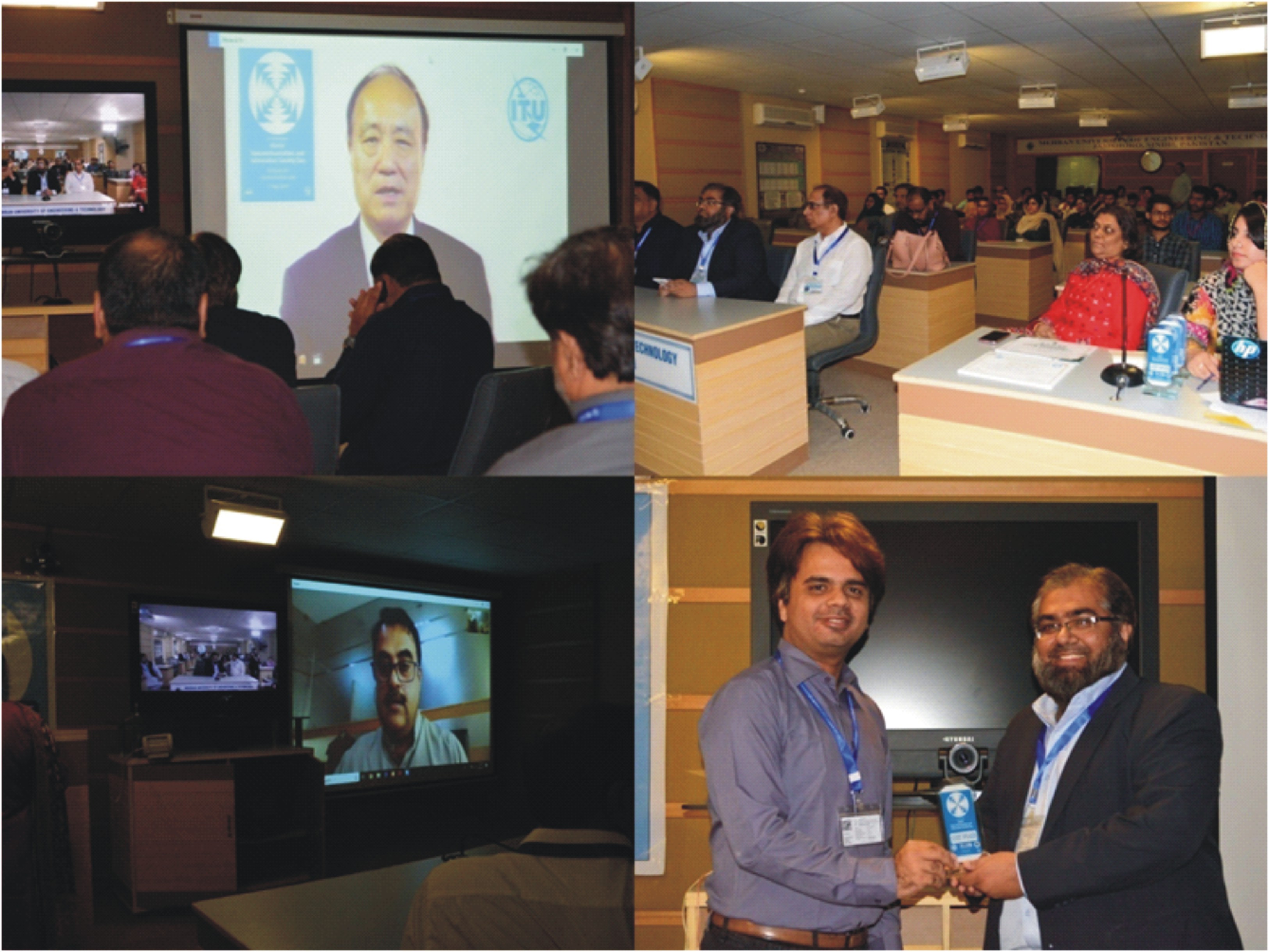ENERCON– Career Counseling Workshop
ENERCON – Engineering universities and educational institutes are producing hundreds of engineers every year, but unfortunately in the academic life of engineering students there is no prime attention is given on their professional training.





